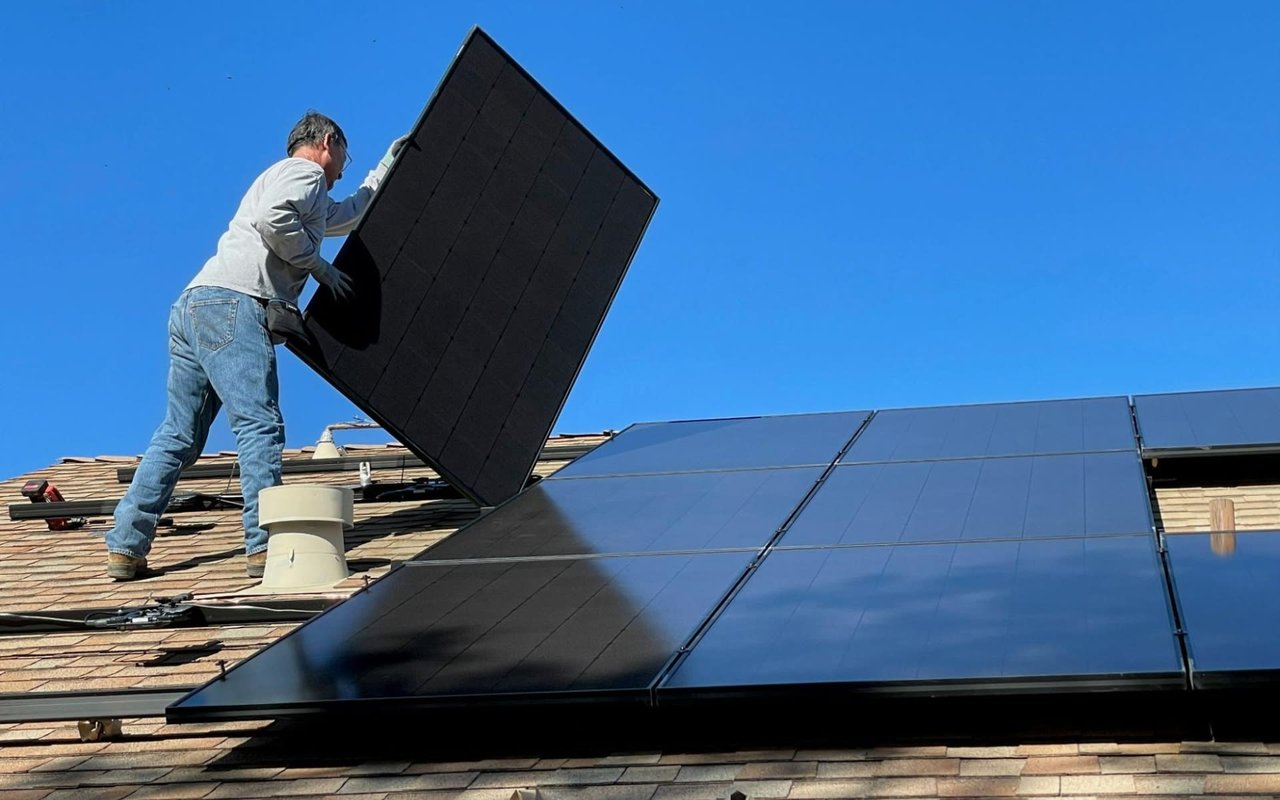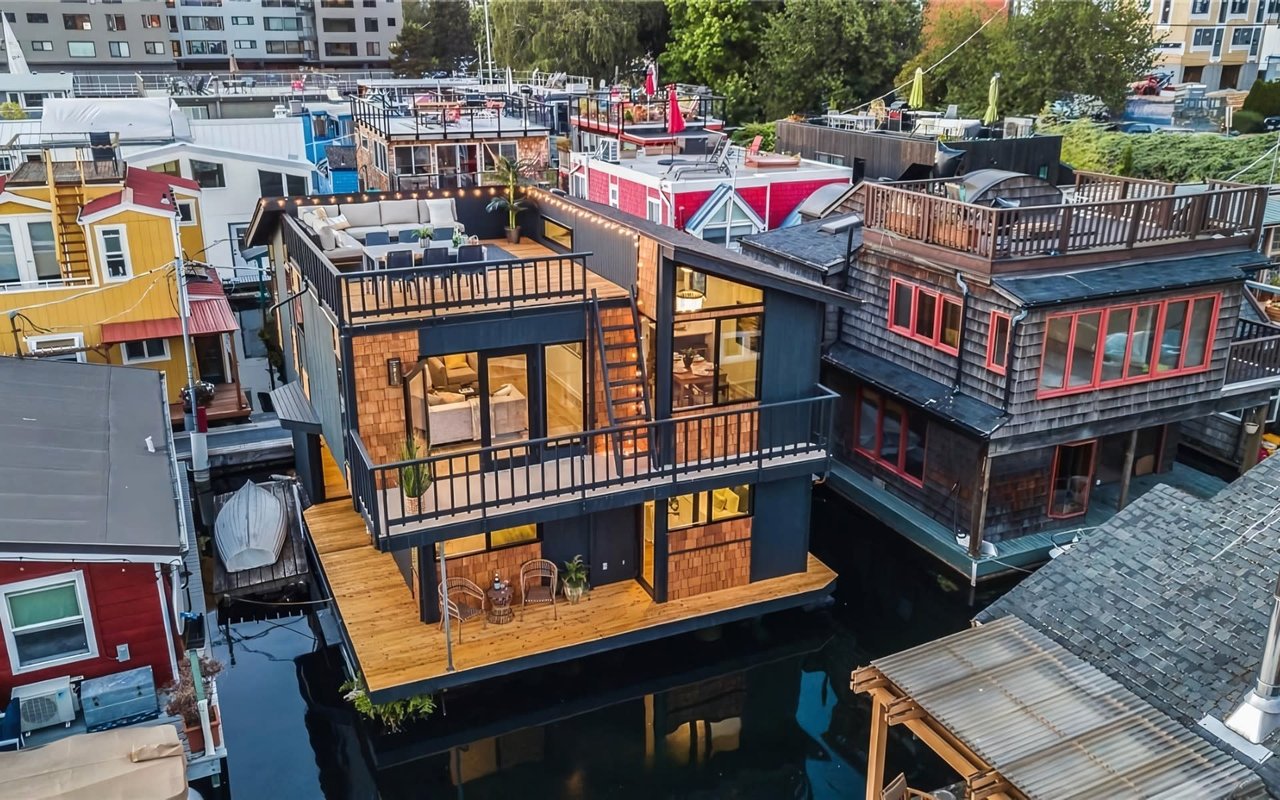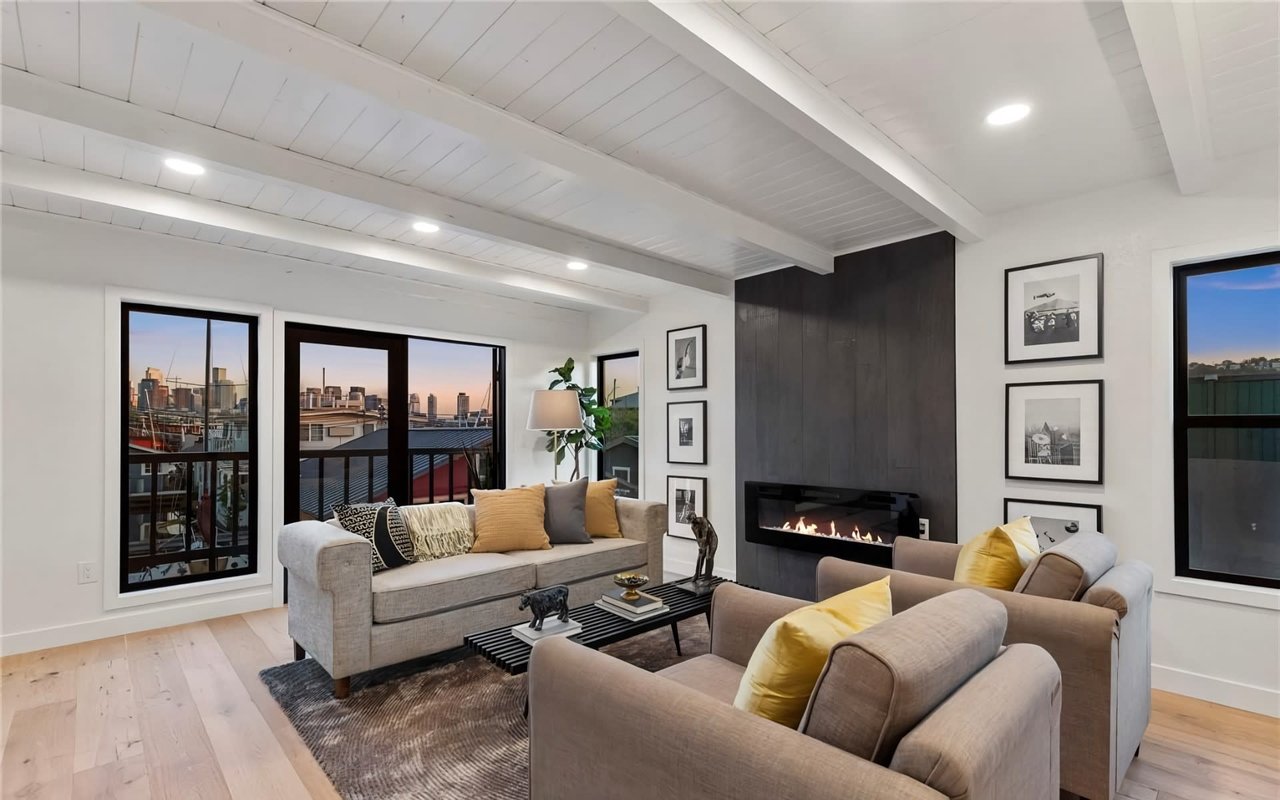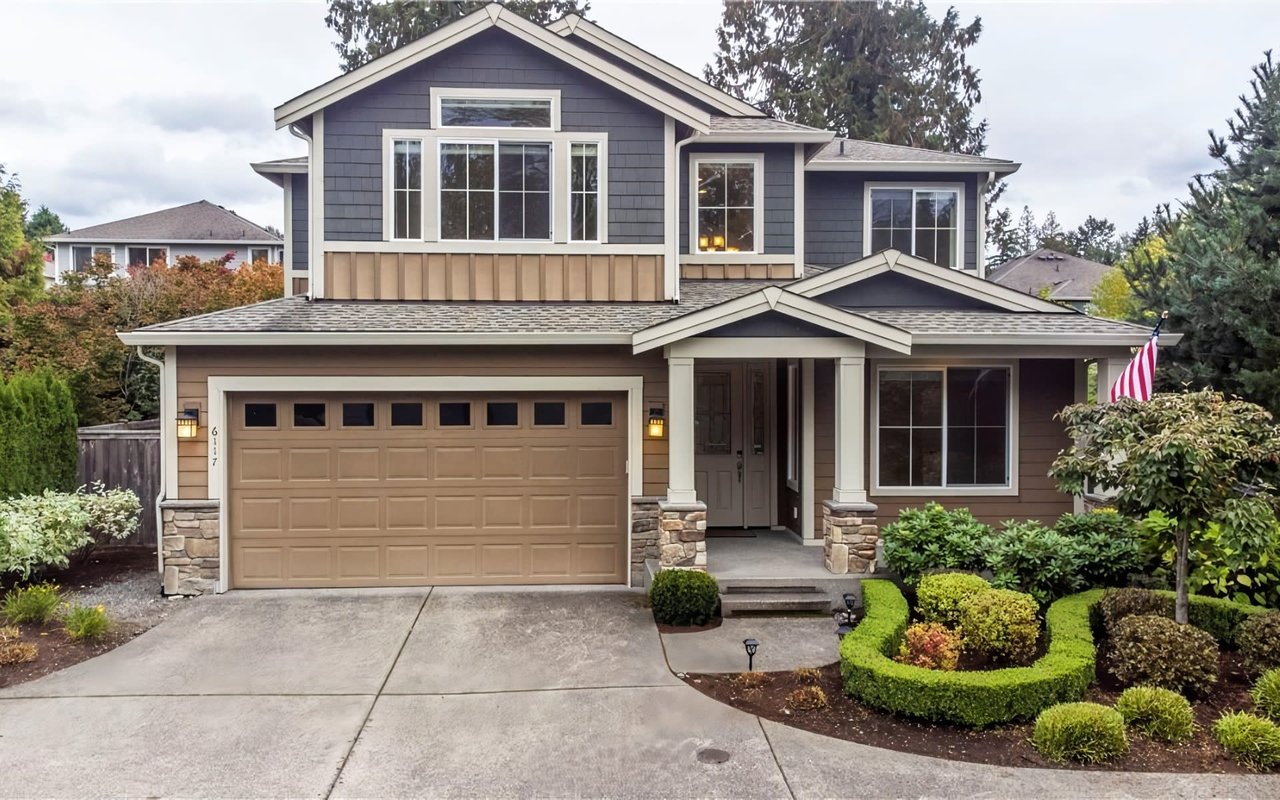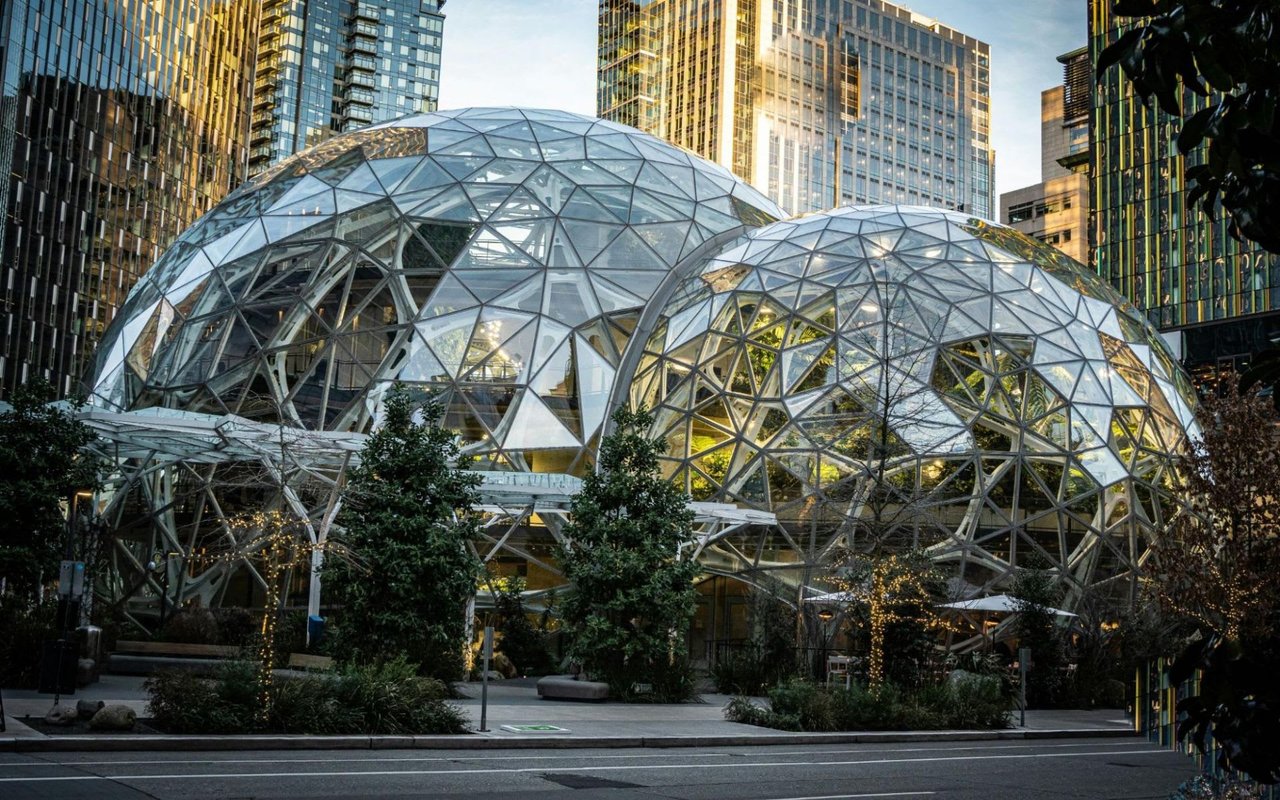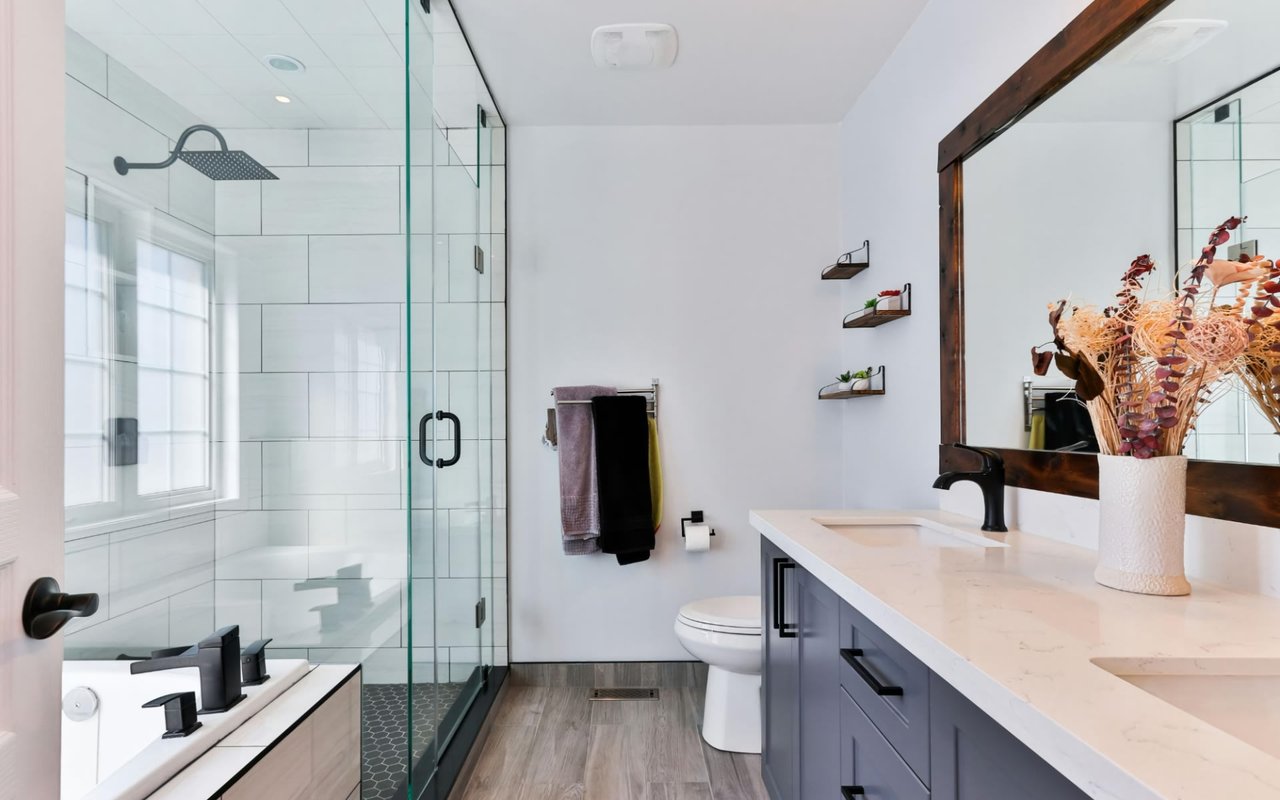As environmental awareness grows, many homeowners want to reduce their ecological footprint by making their homes more eco-friendly. Whether you're in the market for homes for sale in Seattle or planning to update your current residence, implementing sustainable practices not only benefits the planet but can also enhance your home's efficiency and appeal. Here are straightforward strategies to create a greener, more sustainable home.
Energy Efficiency Upgrades
1. Install Energy-Efficient Appliances
One way to reduce energy consumption is by replacing old appliances with energy-efficient models. Look for products labeled with the ENERGY STAR rating, which signifies that the appliance meets national energy efficiency guidelines. These are set by the U.S. Environmental Protection Agency.
2. Upgrade to LED Lighting
LED bulbs are a game-changer. They use at least 75% less energy and, on average, last 25 times longer than traditional lighting. Swapping out your old light bulbs for LEDs is a simple change that can reduce your household's energy use.
3. Improve Insulation
Enhancing your home’s insulation can reduce the need for heating and cooling, lowering your energy bills. Focus on key areas like the attic, walls, and floors. Proper insulation can keep your home warmer in the winter and cooler in the summer, making it comfortable year-round.
Water Conservation Tactics
1. Install Low-Flow Fixtures
Low-flow showerheads and faucets can dramatically reduce your water usage without sacrificing performance. These fixtures are designed to use water more efficiently, helping to conserve a precious resource and lower your water bills.
2. Opt for Dual-Flush Toilets
Dual-flush toilets allow you to control how much water you use–choosing between a lower or higher water volume flush. This feature can significantly cut down on water usage compared to traditional toilets.
3. Harvest Rainwater
Setting up a rainwater collection system can be an excellent way to conserve water. Leftover rainwater can be used for watering gardens, landscaping, or even for certain household tasks, depending on local regulations and proper treatment.
Sustainable Materials and Building Practices
1. Choose Eco-Friendly Flooring
When renovating or updating your floors, consider materials like bamboo, cork, or reclaimed wood. These materials are sustainable and add a unique aesthetic appeal to your home.
2. Use Low-VOC Paints
Volatile Organic Compounds (VOCs) are chemicals found in many paints and adhesives that can release toxic emissions into the air. Opt for low-VOC or VOC-free paints to improve your home’s air quality and reduce your exposure to these harmful chemicals.
3. Invest in Sustainable Furniture
When purchasing new furniture, look for pieces made from recycled or sustainable materials. Many companies now offer furniture made from responsibly sourced materials, which do not contribute to deforestation and can be recycled at the end of their life cycle.
Smart Home Technologies
1. Install a Smart Thermostat
Smart thermostats give you more control. They learn how warm or cool you like your home and can adjust the temperature automatically to optimize energy usage. They can be controlled remotely by your smartphone, allowing you to adjust settings while away from home, reducing unnecessary energy consumption.
2. Consider Home Energy Monitors
These devices connect to your electrical panel and monitor appliance energy use. This information can help you understand where you're using the most energy. Then, you can make adjustments to save power.
3. Utilize Solar Panels
If possible, consider investing in solar panels to reduce reliance on non-renewable energy sources. Solar energy can power your entire home’s needs, from lighting to appliances, making your living space more sustainable and potentially free from the electrical grid.
The Value of Adding Eco-Friendly Features
Adding eco-friendly features to your home is not just good for the environment—it can also be financially beneficial. Environmentally, sustainable homes reduce waste, lower carbon emissions, and conserve natural resources. The reduction in energy consumption and the use of non-toxic materials improves overall environmental health and contributes to a healthier ecosystem.
From a financial perspective, eco-friendly homes often attract a premium in the real estate market. Many buyers are willing to pay more for homes with lower utility costs. Features like solar panels can dramatically decrease electricity bills, and energy-efficient appliances reduce the costs of running a home.
As awareness of environmental issues grows, so does the demand for green properties. This trend suggests that investing in eco-friendly improvements can increase a home's marketability and overall return on investment (ROI). Properties with green certifications, such as LEED or Energy Star, often sell at higher prices and quicker than comparable homes without such features.
Reach out to Mary Pong Today
Creating an eco-friendly home doesn't have to be overwhelming. By implementing these simple upgrades and changes, you can significantly enhance your home's sustainability. These improvements not only help protect the environment but can also increase the value and attractiveness of your home, especially in a market like Seattle, where green living is highly valued.
If you’re interested in finding eco-friendly homes for sale in Seattle,
contact Mary Pong today. With 20+ years of experience in the Seattle real estate market and a commitment to promoting sustainable living, Mary can help you achieve your green living goals.
